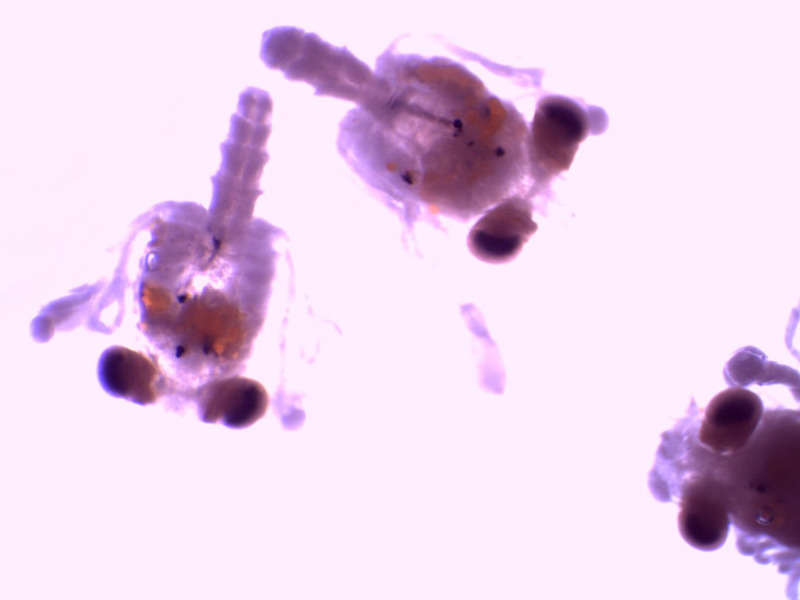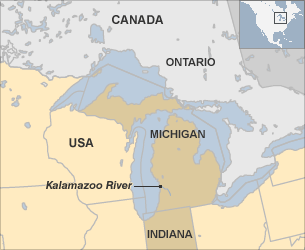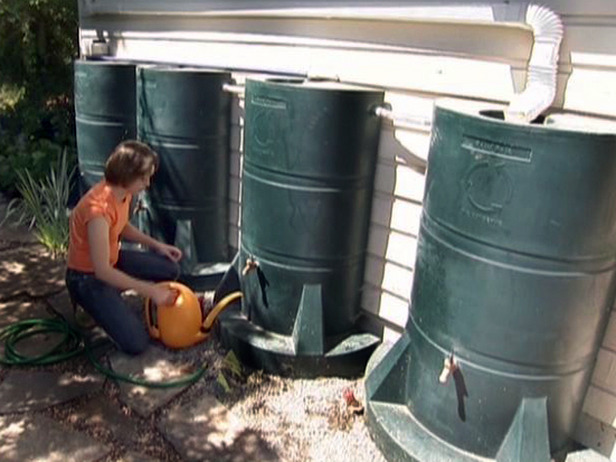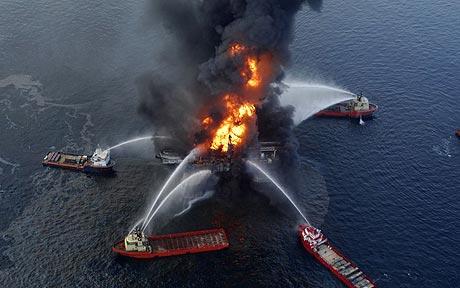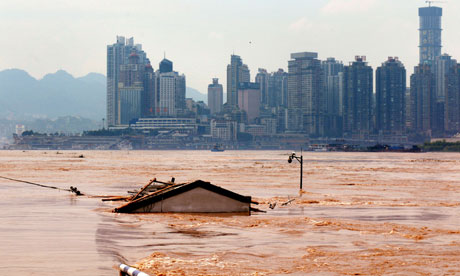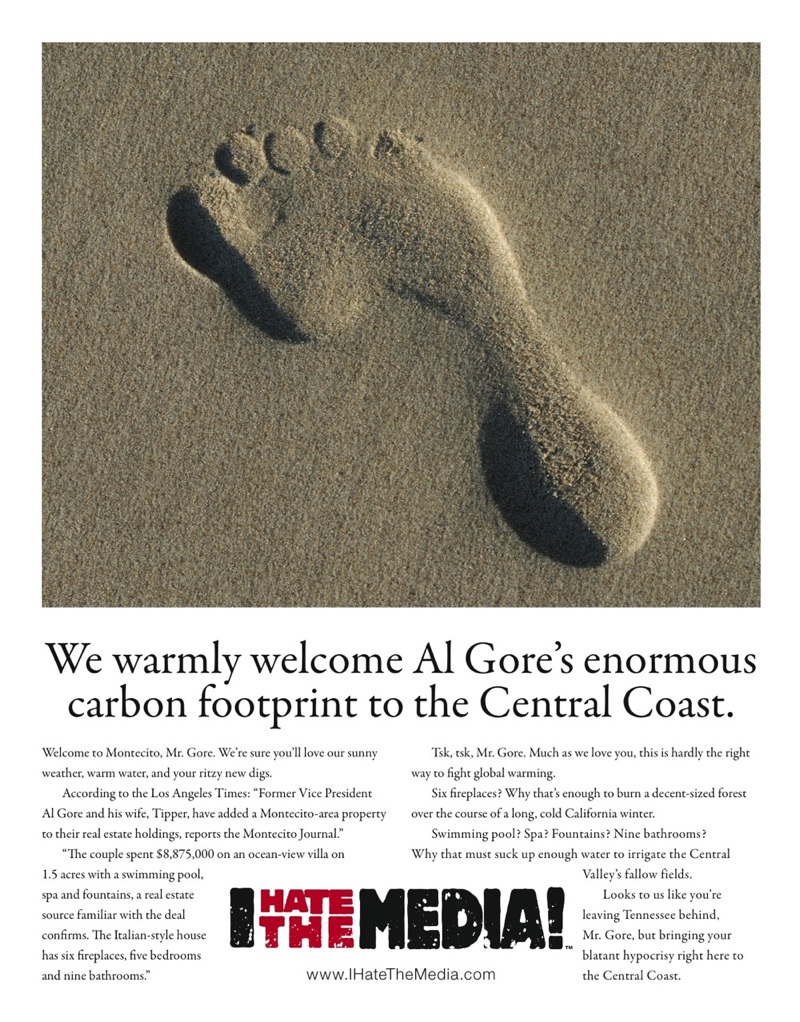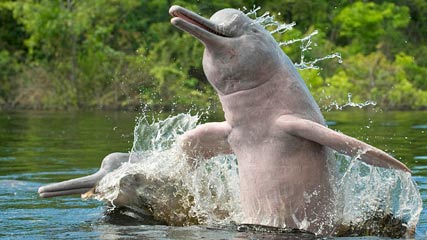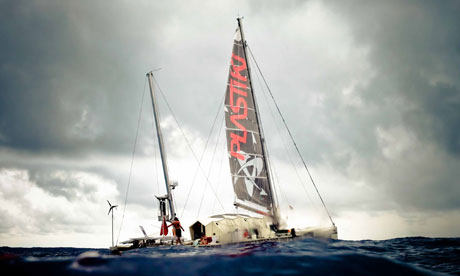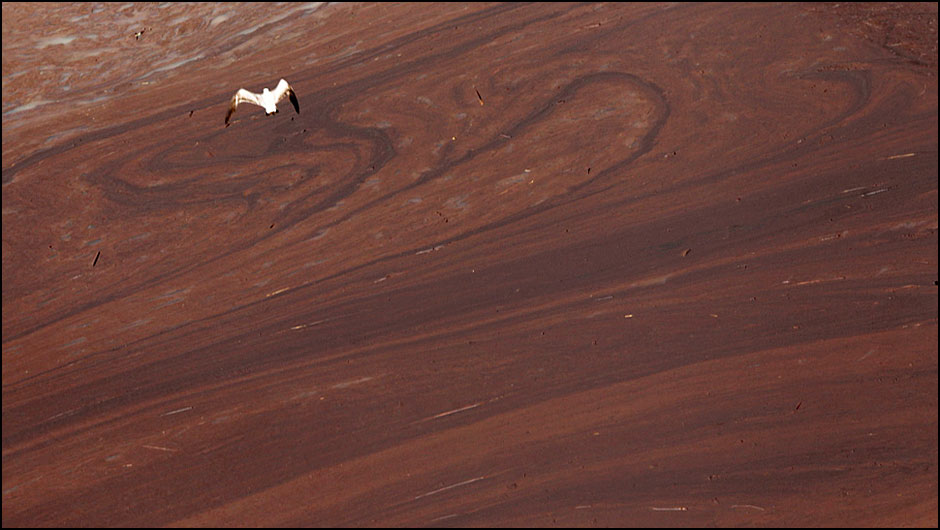Every poison you pour into the oceans will make its way into the food chain. It takes no rocket science to know that.
It also takes no genius to know that huge amounts of Corexit will accumulate if you look at the ingredients, …
– The Growing Health Crisis in the Gulf of Mexico:
Corexit also contain arsenic, cadmium, chromium, mercury, cyanide, and other heavy metals. Dispersing oil with it increases toxicity 11-fold ….
… which make Corexit lethal stuff:
People who work near it are hemorrhaging internally. And that’s what dispersants are supposed to do.EPA now is taking the position that they really don’t know how dangerous it is, even though if you read the label, it tells you how dangerous it is. And, for example, in the Exxon Valdez case, people who worked with dispersants, most of them are dead now. The average death age is around fifty. It’s very dangerous, and it’s an economic-it’s an economic protector of BP, not an environmental protector of the public.
*BREAKING* Tulane researchers indicate COREXIT now in blue crab larvae from Florida to Texas; Bio-accumulation fears (VIDEO)

Harriet Perry, Gulf Coast Research Laboratory: Yellow oil droplets can been seen in a post-larval blue crab.
A report today from Fox 8 in New Orleans reveals that the “orange blobs found lodged in the bodies of tiny blue crab larvae collected from marshes that stretch from Texas to Florida” appear to contain Corexit, according to preliminary results from researchers at Tulane University.
The report says BP’s dispersant “may do more harm than the oil itself.”
University of New Orleans’ Martin O’Connell, Ph.D said, “No one really knows” if Corexit will bio-accumulate. “If you’re a small fish and you eat 1,000 of these small crab larvae and all of them have oil or Corexit droplets in them they could get into the fish — that little fish could be eaten and so on and so on.”
Pondering the future of the Gulf, O’Connell said, “I think they should be more concerned that we might be losing whole cohorts of these animals when they’re very small, and we won’t see the impact in the adults but three or four years from now.”
Florida toxicologist Dr. William Sawyer, who has been hired on behalf of sickened fishermen and cleanup workers, says “some of these chemicals are in great excess — of risk-based lethal levels — that the current hydrocarbon levels are capable of sterilizing our fisheries and estuary production zones.”
The Fox 8 report concludes, “Since so many fish and crabs feed on crab larvae, some scientists fear the oil and dispersant droplets threaten to kill critical areas in the Gulf of Mexico food web.”
Please read the full report here: http://www.fox8live.com/news/local/story/Blobs-in-crab-larvae-characteristic-of-dispersant/IJoKO4b-W0GsfjK1L_SkAQ.cspx
July 31st, 2010 at 04:05 AM
Source: Florida Oil Spill Law
Scientists Find Evidence That Oil And Dispersant Mix Is Making Its Way Into The Foodchain
Scientists have found signs of an oil-and-dispersant mix under the shells of tiny blue crab larvae in the Gulf of Mexico, the first clear indication that the unprecedented use of dispersants in the BP oil spill has broken up the oil into toxic droplets so tiny that they can easily enter the foodchain.
Marine biologists started finding orange blobs under the translucent shells of crab larvae in May, and have continued to find them “in almost all” of the larvae they collect, all the way from Grand Isle, Louisiana, to Pensacola, Fla. — more than 300 miles of coastline — said Harriet Perry, a biologist with the University of Southern Mississippi’s Gulf Coast Research Laboratory.
And now, a team of researchers from Tulane University using infrared spectrometry to determine the chemical makeup of the blobs has detected the signature for Corexit, the dispersant BP used so widely in the Deepwater Horizon
“It does appear that there is a Corexit sort of fingerprint in the blob samples that we ran,” Erin Gray, a Tulane biologist, told the Huffington Post Thursday. Two independent tests are being run to confirm those findings, “so don’t say that we’re 100 percent sure yet,” Gray said.
“The chemistry test is still not completely conclusive,” said Tulane biology professor Caz Taylor, the team’s leader. “But that seems the most likely thing.”
Read moreScientists: Evidence Of Gulf Oil And Dispersant Mix Making Its Way Into The Foodchain
